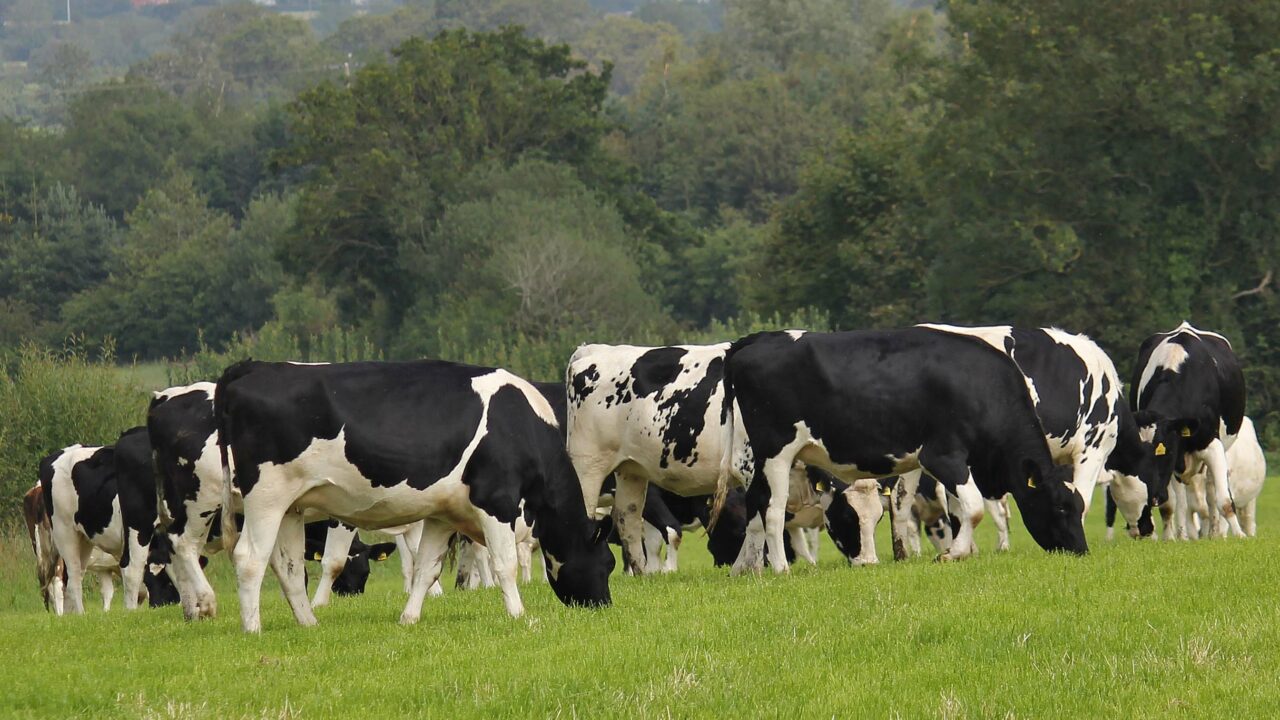Heifer mastitis can be a significant problem for some herds, with Animal Health Ireland (AHI) outlining that heifer mastitis can threaten production and udder health in the first and subsequent lactations at a series of national CellCheck on-farm events.
It has been demonstrated that heifers that develop mastitis in the first 30 days after calving produce less milk and are likely to be less profitable over their lifetime.
Given the substantial costs associated with rearing heifers until calving, and given that the break-even point is not achieved until the second lactation, AHI notes that it is imperative that mastitis is prevented in the first lactation.
Mastitis forms
Mastitis can be defined as clinical or subclinical. Clinical mastitis occurs when there are visible changes in the milk; these can be further classified as mild, moderate and severe cases.
Clinical mastitis results in changes in the milk; but can also result in changes in the udder and in the cow, such as swollen quarters and increased body temperature, the AHI outlines.
According to the AHI, there are many definitions for what constitutes a case of subclinical mastitis; but a widely accepted definition is that SCC is >200,000 cells/ml for first-lactation animals at any milking recording is indicative of subclinical mastitis.
Although it is unusual to see clinical mastitis in heifers before calving, it is possible that heifers develop subclinical infections with mastitis pathogens before calving, the AHI notes.
It is most common that heifer mastitis is diagnosed after calving when the animal begins milking and either abnormal milk is detected or an increased SCC is observed.
When to investigate
When it comes to warranting investigating and control, the AHI notes that farmers should take note: if more than 15% of heifers have clinical mastitis at/around calving; or if more than 15% of heifers have a first test day milk recording of SCC >200,000 cells/ml, when measured at 15-35 days in milk.
Prevention and control mechanisms
A number of prevention and control mechanisms were also outlined by the AHI, including:
- Improve general udder health management at farm level to decrease the pressure of infection with udder pathogens from older cows to heifers;
- Prevent cross-suckling in calves and young stock, as this practice can be implicated in the development of heifer mastitis in later life;
- Implement an effective and efficient fly control system, as flies can have a role in the development of summer mastitis;
- Address any issues that cause teat skin lesions – warts, for example;
- Keep young and pre-calving heifers in a clean and hygienic environment and separate from older milking cows. It is important that the pre-calving accommodation is fit for purpose;
- Avoid any nutritional deficiency – particularly with regard to vitamins and minerals, such as vitamin E and selenium;
- Minimise the risk of negative energy balance before and after calving through appropriate transition feeding systems;
- Reduce the incidence of udder oedema through optimised peripartum management;
- Minimise stress around calving and minimise the incidence of dystocia and peripartum disease. Consider training in heifers in the milking area pre-calving;
- Ensure the calving pen is clean and well maintained and try to ensure the calving area is not the same area that is used for the hospital pen for sick animals;
- Consider use of other measures in conjunction with your vet;
- Teat spraying three times per week with an iodine-based teat spray for the last three-to-four weeks before calving has been shown to reduce the number of certain bacteria at the teat ends;
- The use of teat sealant pre-calving in heifers is used in some countries, but this product is not licensed for use in heifers in this country.
